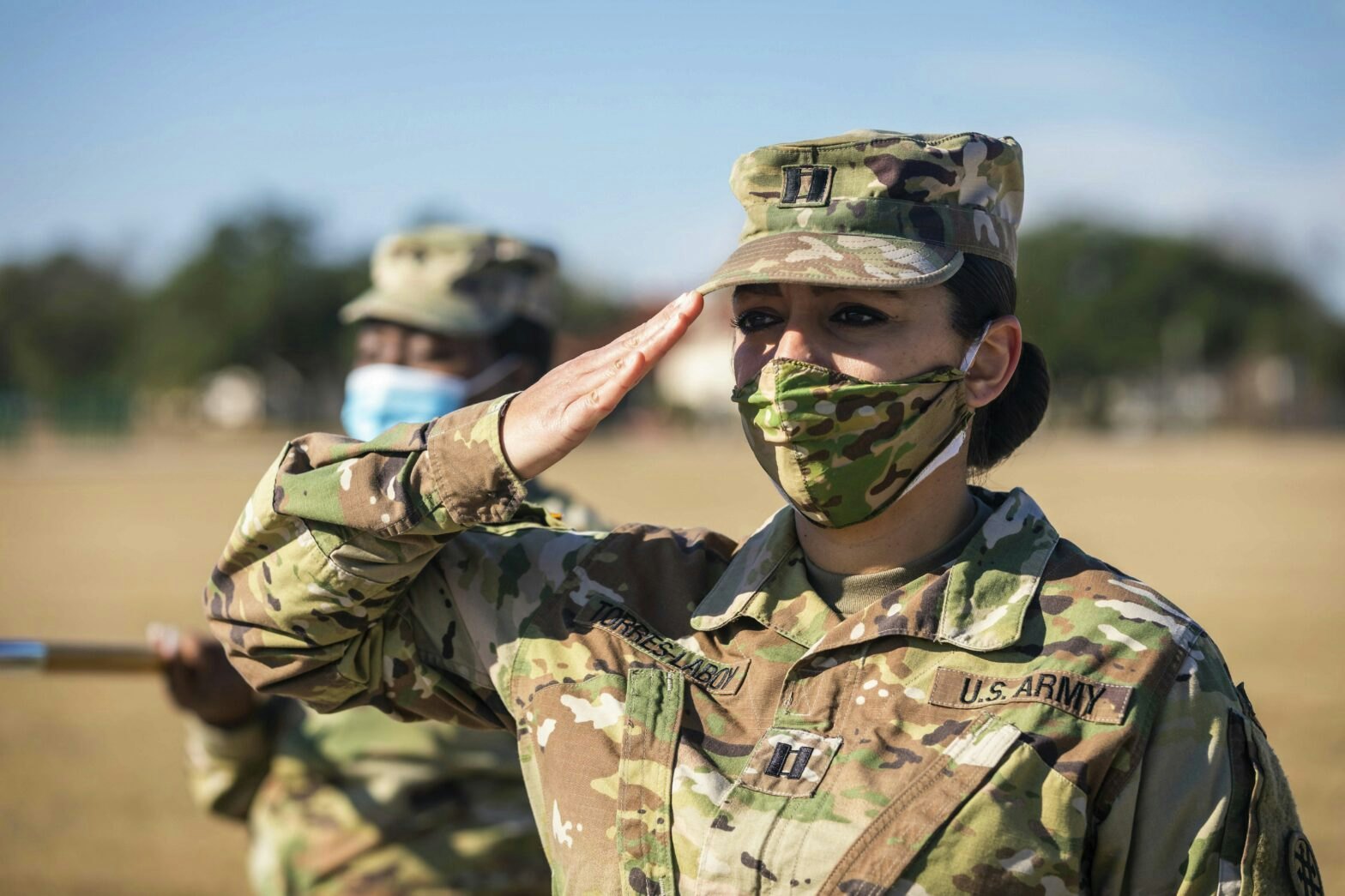Today’s Global Women’s Network summit showcases effective solutions that are improving the lives of women and girls globally.Lakshmi...
Today’s Global Women’s Network summit showcases effective solutions that are improving the lives of women and girls globally.
Lakshmi Sundaram is the Executive Director of Girls Not Brides: The Global Partnership to End Child Marriage. The organization works to bring child marriage to global attention and to build an understanding of what it will take to end child marriage. Lakshmi will be discussing their work in today’s summit panel on empowering women and girls by combatting exploitation and discrimination.
She participated in this Bush Institute Q&A to talk more about Girls Not Brides and the importance of bringing an end to child marriage around the world.
What role does education play in combatting child marriage?
There is such a clear link between education and child marriage, and it is crucial that we work on both together if we are to see changes in lives of girls, particularly the 15 million girls married every year around the world. What is often overlooked is that child marriage undermines efforts to improve girls’ education: in many part of the world, girls drop out of school when they are married, or shortly thereafter, and married girls who would like to continue their schooling may be practically and legally prevented from doing so. This means that efforts to improve girls’ education will only be successful if they also address child marriage.
It is also important to recognize that education is a key strategy to address child marriage: the more education a girl has, the later she is likely to marry, the fewer children she has and the healthier and more prosperous she and her family are likely to be. What’s important is to identify and address the specific barriers girls and their families face. The results can be phenomenal, and don’t always have to be expensive: a recent study by the Population Council shows, for example, that providing girls and their families with basic school supplies – pens, notebooks – can go a long way towards keeping girls in school and out of marriage. They found that, in Ethiopia, girls who had received this educational support were 94% less likely to be married.
In many places, social norms – around the appropriate role and value of a girl – can have a huge role in keeping girls out of school and pushing them into child marriage. As we consider how to tackle these inter-related issues most effectively, I think it is crucial for us to also think about how to tackle these social norms. This can be very difficult and sensitive work, but we’re seeing some really positive results from the work of Girls Not Brides members’ work around the world.
Sadly, child marriage is an issue that too often gets lost in the headlines. Recently, First Ladies have begun to lend their voices to the cause. How does that help your work?
The support of influential champions such as First Ladies is hugely helpful in efforts to end child marriage. Until very recently, child marriage was a taboo subject, particularly at a national and international level. First Ladies can help break that taboo by bringing attention to the practice, and also to the work of activists and young people in their countries who are working to tackle child marriage.
In fact, there’s a fantastic opportunity coming up where the support of First Ladies could have a huge impact. In the coming weeks, Girls Not Brides will be launching a global campaign called #MyLifeAt15 to bring attention to the aspirations of girls around the world and how child marriage holds them back. First Ladies – and other champions! – can join the campaign by sharing their own dreams and aspirations at the age of 15, and spreading the word. You can find out more by emailing [email protected]
Why is addressing child marriage important to the Global Women’s Network conversation?
Child brides are some of the most marginalized individuals in society today. The moment a girl marries, her opportunities disappear. Her social circle narrows. Her life revolves around the day-to-day household duties of a wife and, all too often, a mother.
Child marriage denies girls their rights to health, education, equality, non-discrimination, and to live free from violence and exploitation. How can we talk about combatting exploitation and discrimination without tackling child marriage, when 1 in 3 girls in the developing world is married before the age of 18 and 1 in 9 is married before she turns 15?
What do you wish more people understood about the issue of child marriage?
Child marriage is a horrific human rights violation in and of itself. But it is also intrinsically linked to so many of the other development priorities. Child marriage is a barrier to achieving many development goals, including those on poverty, nutrition, health, education, gender equality, economic growth and reduction of inequality. Its persistence has directly hindered the achievement of 6 of the 8 Millennium Development Goals. In fact, investing in delayed marriage and childbearing is recommended as a smart investment by the High Level Task Force for ICPD, which will have “high pay offs for improved wellbeing and quality of life, poverty eradication, economic growth and sustainable development, with multiplier and inter-generational effects that will yield benefits for decades to come.”
Tackling child marriage is therefore not only the right thing to do, it is also a smart thing to do if we want to see a better future for girls around the world.























